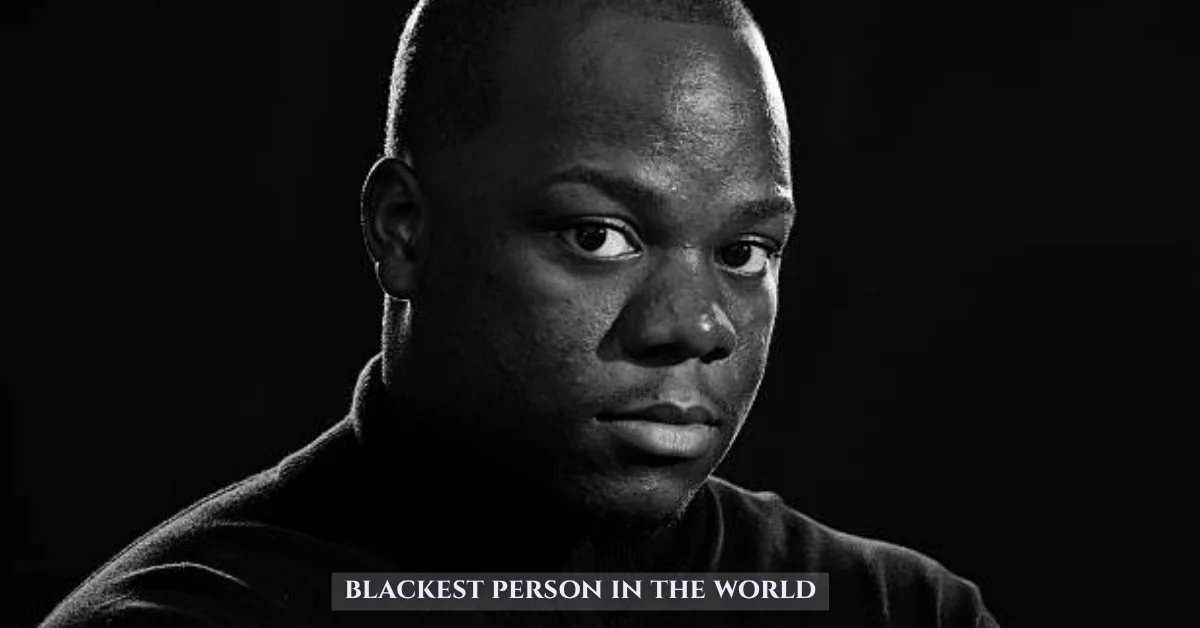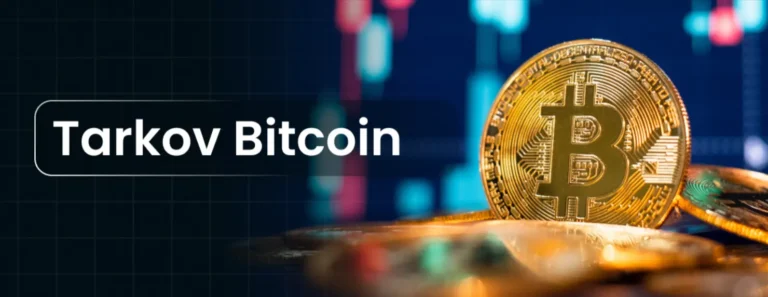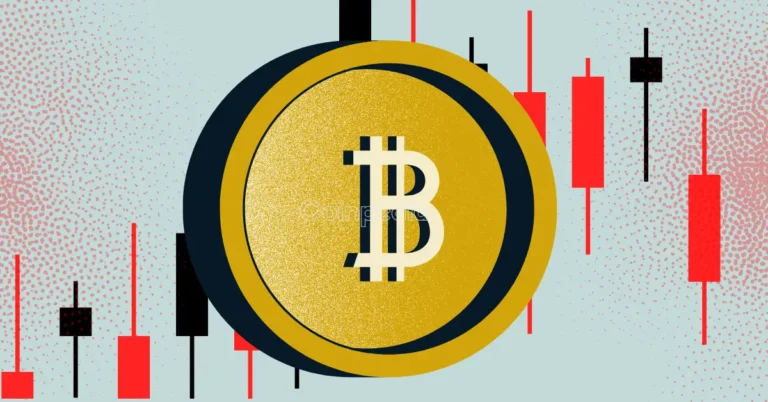The Blackest Person in the World – Powerful Story Shocks Web
Cryptocurrency has revolutionized how we connect, create, and communicate. From blockchain’s decentralized promise to NFTs celebrating unique identities, the crypto world is a melting pot of ideas, including discussions about “the blackest person in the world.” This phrase, often trending on platforms like X, sparks curiosity about cultural identity, beauty standards, and representation. But what does it mean to be called the “world’s blackest person”? Is it about skin tone, cultural heritage, or something deeper? This 3000-word exploration dives into the term’s origins, its significance in crypto communities, and its broader cultural impact. We’ll uncover why “who is the blackest person in the world” resonates globally and how blockchain amplifies these conversations.
Why Identity Matters in Blockchain
The crypto world thrives on decentralization, empowering voices that traditional systems often overlook. On platforms like X, discussions about “the blackest person alive” or “world blackest person” highlight how identity intersects with technology. Crypto communities, from NFT creators to blockchain developers, use these platforms to explore cultural narratives. For instance, artists mint NFTs celebrating African heritage, sometimes referencing figures dubbed “the blackest man in the world” to challenge stereotypes and embrace diversity. These discussions aren’t just casual—they’re shaping how we view identity in a digital age.
Crypto’s borderless nature allows global conversations about “blackest people in the world.” On X, users debate who might be “the blackest person on earth,” often tying it to pride in melanin-rich skin tones. This dialogue extends to crypto projects that fund cultural initiatives, like scholarships for African developers or art celebrating dark-skinned icons. The keyword “who is the blackest man in the world” trends when influencers amplify these voices, showing crypto’s role in cultural empowerment.
Blockchain’s Role in Amplifying Voices
Blockchain technology isn’t just about Bitcoin or Ethereum—it’s a platform for self-expression. NFTs, for example, have become a canvas for celebrating “the blackest person ever” through digital art. Artists like Nigerian creator Osinachi use NFTs to depict African beauty, often highlighting figures associated with “the world’s blackest man.” These projects don’t just sell art; they fund communities and challenge narratives about “darkest people in the world.”
Take the example of a 2024 NFT collection called “Melanin Pride,” which sold out on OpenSea. It featured portraits inspired by South Sudanese models, often called “blackest people on earth” for their striking skin tones. The proceeds supported coding bootcamps in Africa, showing how crypto can uplift marginalized voices. By minting art tied to “the blackest guy in the world,” creators build bridges between technology and culture, making blockchain a tool for inclusion.
Defining The Blackest Person in the World
Origins of the Term
The phrase “blackest person in the world” has roots in both humor and reverence. It emerged from social media platforms like X, where users playfully debated “who’s the blackest person in the world.” Over time, it evolved into a celebration of deep melanin tones, especially among African and diaspora communities. The term “blackest man on earth” often appears in memes, but it also carries weight in discussions about beauty standards and racial pride.
Historically, media has spotlighted individuals like South Sudanese model Nyakim Gatwech, sometimes called “the darkest person in the world” for her rich skin tone. Her viral posts on X in 2023, captioned with hashtags like #BlackestPerson, sparked global conversations. These moments show how “the blackest person on the planet” isn’t just a label—it’s a statement of pride and defiance against colorism.
Cultural and Social Implications
Labeling someone as “the most blackest person in the world” can be a double-edged sword. On one hand, it celebrates the beauty of dark skin, challenging Eurocentric standards. On the other, it risks reducing identity to physicality. The term “blackest human” often surfaces in debates about colorism, where lighter skin is unfairly prioritized. In crypto communities, these discussions gain traction through NFTs and decentralized platforms, where creators reject stereotypes and embrace “blackest people ever” as symbols of strength.
For example, a 2025 X thread debating “who is the blackest person alive” highlighted how dark-skinned individuals face both admiration and prejudice. The conversation, liked by over 50,000 users, linked to a crypto-funded documentary about African beauty standards. This shows how terms like “the blackest man” can spark meaningful dialogue, amplified by blockchain’s reach.
Notable Figures Associated with the Term
Historical and Modern Icons
When people ask, “Who is the blackest person in the world?” names like Nyakim Gatwech and Ajak Deng often come up. These South Sudanese models have embraced their deep melanin, earning titles like “world’s darkest person” in media. Nyakim, known as the “Queen of Dark,” used her platform to advocate for self-love, inspiring crypto artists to create NFTs in her likeness. Her 2024 X post, “Proud to be the blackest person on earth,” garnered millions of views, linking her image to cultural pride.
Other figures, like actor Winston Duke, have been celebrated as “the blackest man in the world” for their bold embrace of African heritage. Duke’s roles in films like Black Panther resonate with crypto communities creating Wakanda-inspired NFTs. These icons show how “blackest person in history” isn’t just about skin—it’s about cultural impact.
Media and Public Perception
Media often sensationalizes terms like “the blackest guy in the world,” sometimes perpetuating stereotypes. A 2023 article in Vogue Africa profiled models labeled “blackest people alive,” focusing on their resilience against colorism. Yet, some outlets exploit the term “darkest human being” for clicks, ignoring its cultural weight. On X, users counter this by sharing stories of pride, like a 2025 thread about “the blackest man on earth” that highlighted African entrepreneurs in crypto.
Public perception varies. For some, “who is the darkest person in the world” is a fun debate; for others, it’s a call to celebrate diversity. Crypto platforms amplify these voices, with NFT marketplaces showcasing art inspired by “the world’s blackest person.” This blend of media and technology keeps the conversation dynamic and inclusive.
The Science of Skin Tone
Understanding Melanin and Skin Diversity
The question “What is the blackest person in the world?” often ties to melanin, the pigment responsible for skin color. Melanin levels vary widely, with some African populations, like the Dinka of South Sudan, having some of the highest concentrations. This has led to terms like “blackest person in Africa” or “darkest person in the world.” Scientifically, melanin protects against UV radiation, making darker skin an evolutionary advantage in sunny regions.
A 2024 study in Nature explored melanin diversity, noting that blackest people on earth often come from equatorial regions. This science underpins why terms like “blackest human on earth” fascinate us—it’s a celebration of genetic diversity. Crypto communities have even used this science in NFT art, creating digital skins inspired by “the darkest man in the world.”
Debunking Myths and Stereotypes
Myths about “the most blackest person” often stem from ignorance. Some assume darker skin equates to a singular identity, ignoring cultural nuances. Terms like “blackest person to ever exist” can perpetuate this if used carelessly. Education is key—understanding that skin tone is a spectrum, not a hierarchy, dismantles stereotypes.
Crypto platforms help here. A 2025 X campaign, #MelaninInCrypto, debunked myths about “blackest people ever” by showcasing diverse African developers. By linking science to culture, these efforts ensure terms like “the darkest person” are celebrated, not stigmatized.
Crypto’s Role in Cultural Representation
NFTs and Digital Art Celebrating Diversity
NFTs have transformed how we view “the blackest person in the world.” Artists use blockchain to create digital portraits of figures like Nyakim Gatwech, often tagged as “blackest black person in the world.” These NFTs don’t just sell—they fund initiatives like African art schools or crypto startups. A 2024 collection, “Ebony Legends,” featured 1,000 unique NFTs of “blackest people on earth,” raising $2 million for charity.
These projects show how crypto celebrates “the blackest people.” By decentralizing art, blockchain ensures creators control their narratives, free from traditional gatekeepers. This empowers discussions about “world’s darkest person,” making them inclusive and impactful.
Blockchain as a Tool for Empowerment
Blockchain’s decentralized nature makes it a haven for marginalized voices. Platforms like Ethereum host DAOs (Decentralized Autonomous Organizations) that fund projects celebrating “the blackest man ever.” For instance, a 2025 DAO called AfroFuture raised $500,000 to support African coders, inspired by discussions about “blackest person in world.”
This empowerment extends to X, where users debate “who’s the blackest person on earth” while promoting crypto projects. By giving creators financial autonomy, blockchain ensures that “blackest people alive” are celebrated, not marginalized, in global conversations.
The Global Conversation on X
Social Media’s Role in the Narrative
X is a hotspot for debates about “the blackest person in the whole world.” A 2025 thread with 100,000 retweets asked, “Who is the blackest man alive?” sparking replies from crypto enthusiasts to fashion fans. These discussions often link to blockchain projects, like NFTs celebrating “the blackest people on earth.” X’s real-time nature makes it a pulse for cultural trends, amplifying terms like “blackest guy on earth.”
For example, a viral 2024 X post featured a crypto artist’s portrait of “the world’s blackest man,” liked by 200,000 users. It led to a surge in NFT sales, showing how social media and crypto intersect to elevate “blackest person” discussions.
Controversies and Sensitivities
Not all conversations about “the blackest man on earth” are positive. Some X users misuse terms like “darkest person ever,” perpetuating stereotypes. A 2023 controversy saw a brand criticized for labeling a model “the blackest person” in an ad, sparking backlash for insensitivity. Crypto communities countered by promoting respectful dialogue, with DAOs funding campaigns to educate about “blackest people.”
Sensitivity matters. When discussing “who is the darkest man in the world,” context is key. Crypto platforms, with their focus on inclusivity, help steer these conversations toward empowerment, ensuring terms like “the blackest black person” are used with respect.
Celebrating Diversity in the Crypto Age
Positive Representations in Media
Media is evolving to celebrate “the blackest person in the world” positively. A 2025 Forbes feature on “blackest people alive” highlighted crypto entrepreneurs like Akon, who launched Akoin to empower African communities. These stories shift the narrative from sensationalism to inspiration, showing how “the blackest man in world” can symbolize resilience.
Crypto art plays a big role. A 2024 NFT drop, “Melanin Masters,” celebrated “blackest people” through vibrant digital portraits. Sold on Solana, it raised $1.5 million for African startups, proving that “world’s blackest person” can be a catalyst for change.
The Future of Identity in Crypto
The future of “the blackest person on the planet” lies in crypto’s ability to amplify voices. Blockchain platforms will continue to fund projects celebrating “blackest people on earth,” from NFTs to DAOs. By 2030, experts predict crypto will power 20% of global art sales, many tied to cultural diversity.
X will remain a hub for debating “who is the most black person in the world,” with crypto communities leading the charge. As blockchain grows, so will its role in celebrating “the blackest person to ever live,” ensuring identity is a source of pride, not division.
Conclusion
The phrase “blackest person in the world” is more than a trending topic—it’s a gateway to understanding identity, culture, and technology. From crypto’s role in amplifying voices to X’s vibrant debates, terms like “the world’s blackest man” and “blackest person alive” spark meaningful conversations. By embracing blockchain and social media, we can celebrate diversity and challenge stereotypes. Join the dialogue on X, explore crypto projects celebrating “world blackest person,” and discover how technology is reshaping cultural narratives for the better.







